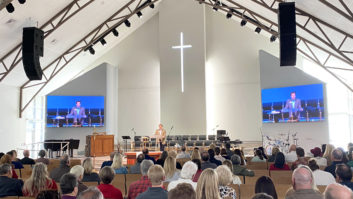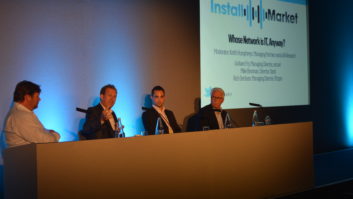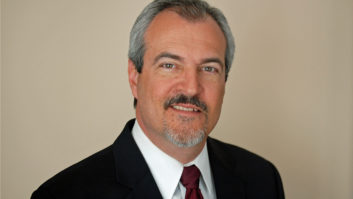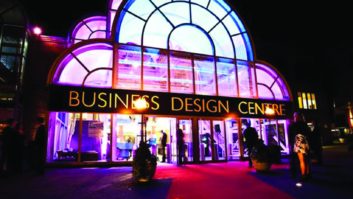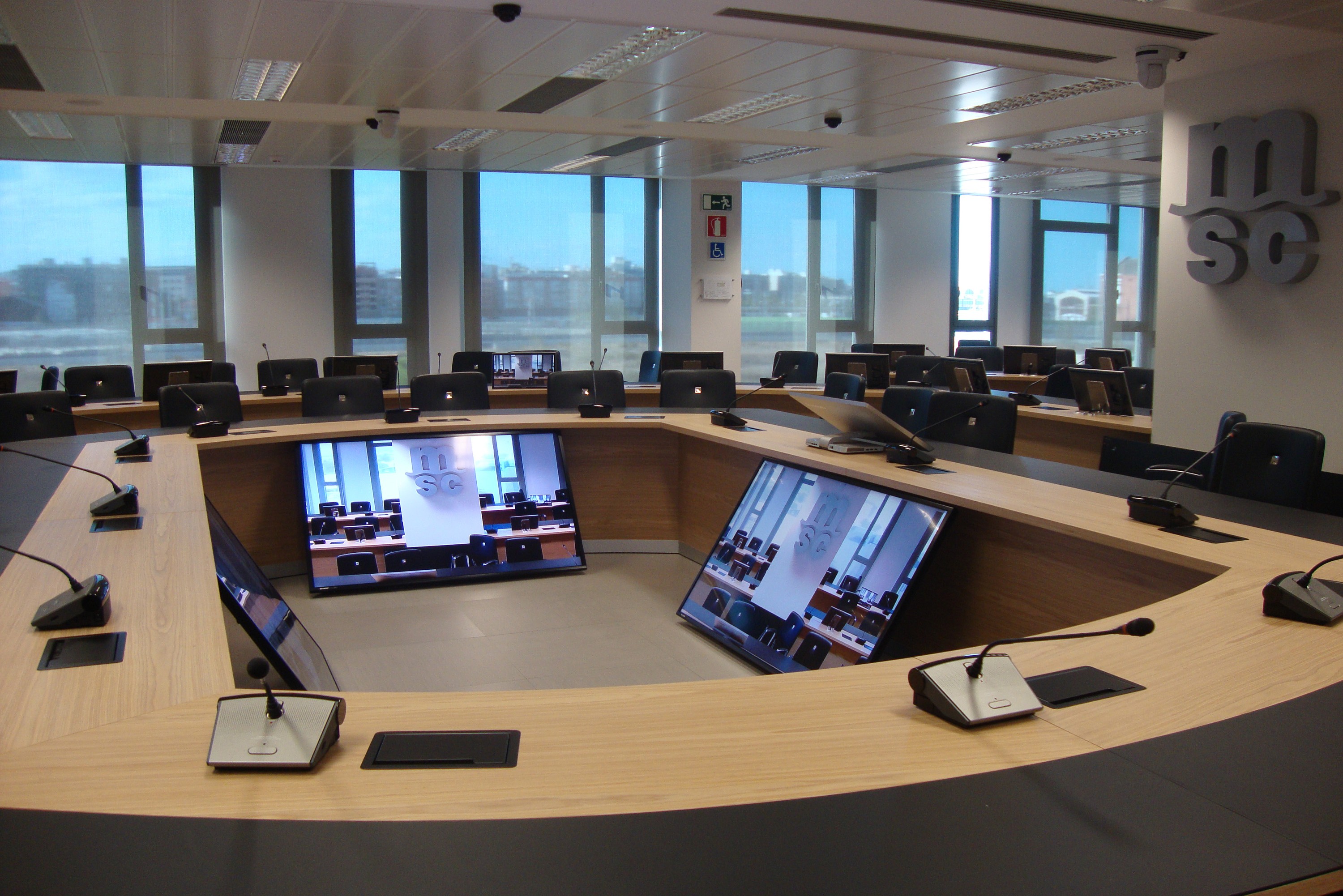
Previously we looked at how traditional venues are remaining competitive by fulfilling a broader remit, and the importance of a strong network architecture. In the final part of this feature we consider AV/IT convergence and the increasing decision making power of IT departments, writes David Davies.
In the wake of the migration to HD resolution for large displays in many conference rooms, it seems a fair question to ask whether the new 4K/UHD format might soon be a significant target for investment. But not everyone seems to be convinced that it will be the ‘next big thing’…
“As much as 4K is impressive and eye-catching, the main purpose of any meeting between people is communication,” says Matthias Exner, Audio-Technica business development director EMEA, professional products. “Getting your message across clearly and overcoming cultural and language barriers is – and will be – of key importance for any meaningful meeting. No matter how audio technology develops, intelligibility and ‘comfort sound’ (where participants can truly listen and understand effortlessly and without straining) should be the number one concern for any venue and conference room.”
Instead of any one specific technology, it is in the convergence between AV and IT systems and teams where many people expect to witness the most profound change over the next few years. “The biggest impact on the technological infrastructure will come from the merging of IT and AV technologies rather than the introduction of [something like] 4K,” says Televic product marketing specialist Bart De Ruyck. “Any new technology that is integrating into a solution needs forward-planning and this is where AV and IT will come together.”
For now, it is evident that there is much work to be done to smooth this process. “At the moment [AV and IT] are fighting each other due to a lack of knowledge, The two factions need to sit around a table and understand their respective needs,” he adds.
All this takes place in the context of a time where, as Audio-Technica conference business development manager EMEA Sandra Kellermann notes, “IT departments frequently become the key decision-makers. They tend to deal with conferencing equipment in the same way as IT equipment: as a depreciable asset, for which ROI, lifecycle and replacement policy have to be defined prior to the purchase decision. Obviously, higher-end systems will guarantee a better lifespan and more easily perform to spec.”
And as in so many areas of fixed install, it is evident that a unified IP backbone will be integral to delivering systems with an extended shelf life. In this regard, Bosch Security Systems EMEA marketing manager Murat Keskinkilinc highlights systems such as the Bosch DCN multimedia conference system, which utilises the IP-based OMNEO media networking architecture: “It has two key components that enable both the transport of low latency, high-quality audio (by Dante) and the provision of a robust control protocol (by OCA). This results in reliable and secure system control and monitoring of audio devices, over off-the-shelf Ethernet networks.”
Remote and virtual conferencing might have altered the overall landscape for meetings – and have certainly obliged manufacturers to facilitate a level of integration that would have been unthinkable five or ten years ago. But on the evidence of our featured vendors, traditional conference venues continue to be in strong demand and are overwhelmingly willing to invest in the new systems that will ensure their customer base remains robust.
